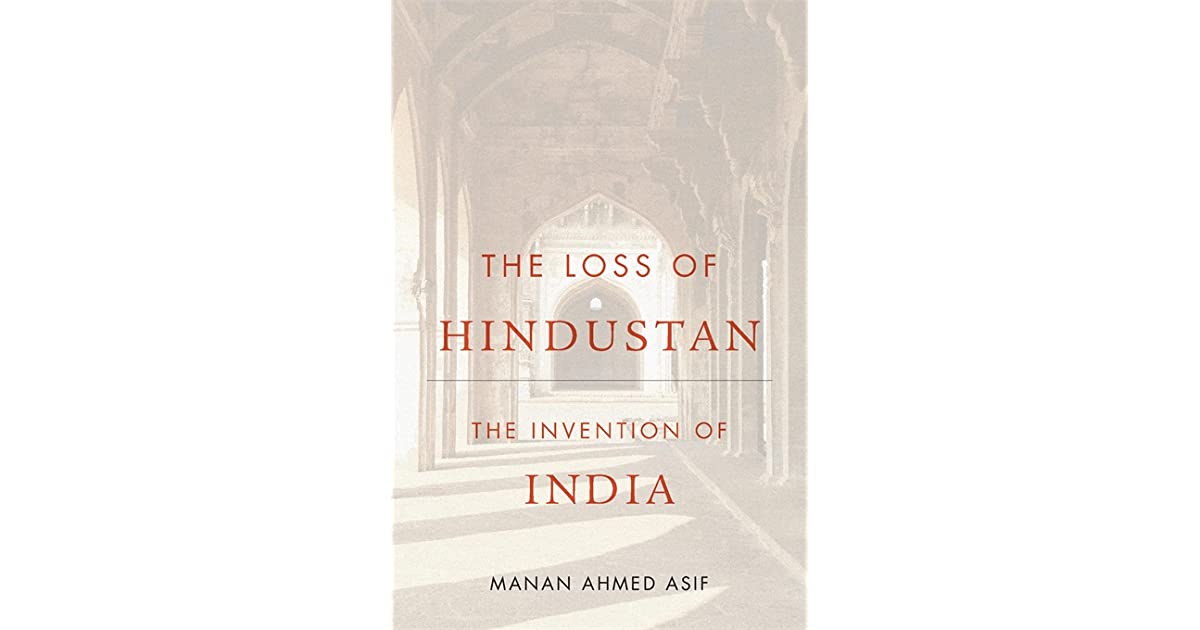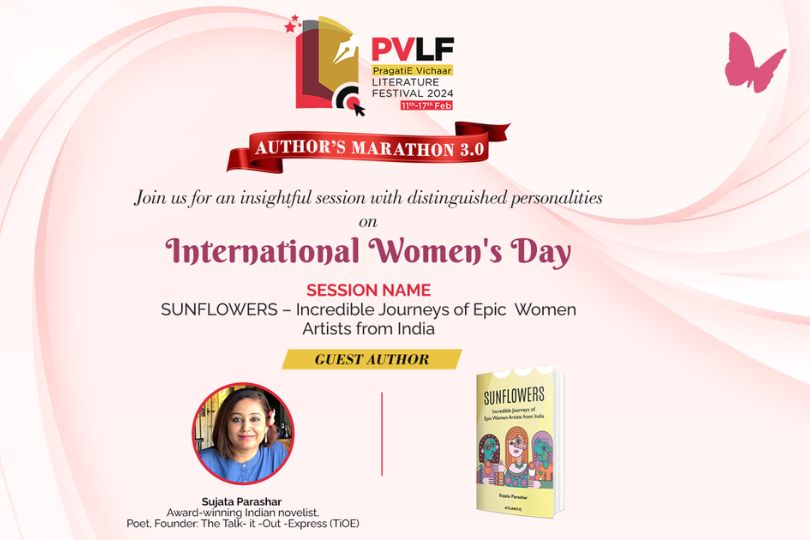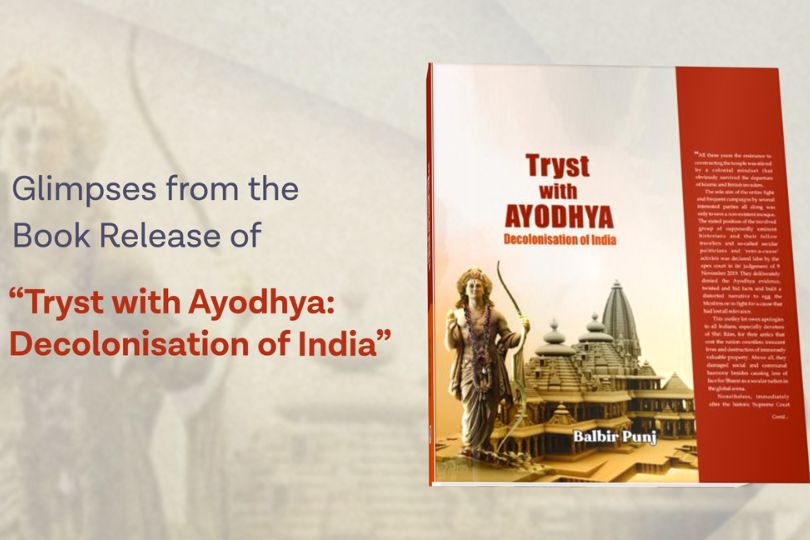Frontlist | How the invention of 'India' eroded the idea of Hindustan
Frontlist | How the invention of 'India' eroded the idea of Hindustanon Feb 08, 2021

Historian Manan Ahmed Asif’s new book traces the corruption of a cosmopolitan idea of Hindustan due to centuries of colonial rule
In her recent book Voices of Dissent, historian Romila Thapar argues that the advent of colonialism meant “a dramatic change” in how wildly diverse religious practices from across the subcontinent were understood and categorised. Inherently heterodox “beliefs, codes and worship were force-fitted to emphasize uniformity,” she writes. That is how “Hinduism was reconfigured by colonial scholarship and came to include everything non-Islamic barring Christianity and Zoroastrianism.”
Thapar says this revivalism introduced new “characteristics similar to the Abrahamic religions—Islam and Christianity. The Hindu was identified by the fact of his ancestry and the origin of his religion coming from within the territories of India—the current British India—and the Hindu, being of the majority religion, was therefore the primary citizen.” In the process, “the enviable flexibility of the earlier religion in its various phases has been leached out” and the resultant “Hindutva is not Hinduism as it was nor the religion as is.”
The Loss of Hindustan: The Invention of India by Manan Ahmed Asif expands on and explores these very questions: what important ideas were effaced due to centuries of colonial machinations that were calculated, and often minutely engineered, to sway the “natives”? How does the fallout of those processes continue to persist, detract and distract even today? In his dazzlingly erudite pursuit of these veins of inquiry, the 49-year-old Associate Professor of history at Columbia University has delivered us an intellectual tour de force, with evidence and arguments arrayed in lock-stepped sequence to define, understand and resolve the mystery posed by his very first line, “What happened to Hindustan?”
Asif makes the case that for at least 1,000 years, it was perfectly understood by most people of the subcontinent—including those living in almost every part of what is today India, Pakistan and Bangladesh—that they were “Hindustani” (the term never had any religious connotation). He writes, “European travelogues, histories, philological works, operas and plays that wanted to signal their authenticity or knowledge of ‘Oriental languages’ would also use this same word, with its varied spellings, as the ‘local’ name of the subcontinent. Yet, in the early nineteenth century, the word Hindustan begins to fade.”
This was an exceptionally momentous loss in the realms of meaning. Asif argues that “erasure of the precolonial idea of Hindustan has meant that it is taken as a truism that there was no coherent concept of peninsular India before British domination.” In the process, all the original implications of the word have disappeared, and—as in VD Savarkar’s oft-repeated slogan of “Hindu, Hindu, Hindustan”—it has become comprehensively co-opted by chauvinistic nationalism.
It can be quite tricky to rebut this conventional wisdom, even if it is blatantly false. Asif notes, “To study the erasure of concepts or ideas is a difficult task, especially when it happens gradually and when the erased concepts are replaced by some hegemonic or majoritarian truth.” Thus, “how does one, then, write the history of something that is not even realizable as missing or cannot even be fully articulated? Colonization refuses the colonized access to their own past.”
The Loss of Hindustan marshals considerable resources—there are several hundred sources in its 32-page bibliography—to challenge the received wisdom of the “colonial episteme”, the “domain of knowledge constituted beginning in the 16th century by the Portuguese, French, Dutch, German and British about the subcontinent” that “under guise of a purported universalism—the field of world history—stripped ‘Hindustan’ from geography and supplanted it with another concept, 'India'”. It concludes, “Europe’s making of ‘India’ itself as a geography, and the ways in which historical change takes place in that geography, is the first and necessary act of political forgetting of Hindustan.”
In a recent interview, Asif has said he wanted “to make naked the construction of the ways in which colonialism has elided, obfuscated and compartmentalised the history of the subcontinent, of Hindustan… We have to enter the archive that itself has to be decolonised [and think] about how black and brown bodies and how women are erased from such citational apparatus.”
These aims resound with familiarity for followers of Chapati Mystery, an online platform established by Asif in 2004 to focus on “the histories and cultures of Hindustan.” Over the years, he and several co-authors, most notably the Vermont-based artist, writer and translator Daisy Rockwell, have continually plumbed the crucial fault lines and fissures in the way South Asian histories and cultures are assessed, assimilated, and analysed both at home and in western academia.
Back in 1935, in what Asif describes as “the first national gathering of Hindustani historians” at the Indian History Congress, the University of Allahabad’s Shafa’at Ahmad Khan had warned that uncritical absorption of colonial and western ways of thinking about the complex Indian past was fundamentally dangerous. He said that would “make moral shipwreck, of most traditions and ideals” and encourage “perverted sectionalism.” He asked instead for “the slow but difficult task of conscientious and honest investigation of elusive material” in order to “avoid appeals to racial and national prejudices.”
That is precisely what this exceptionally stimulating new book does—with its meticulous piecing together of the jigsaw that reveals an entire conceptual universe, complete with its own geography, peoples, history and archives. The centre of this effort, and its main resource, is the 16th century Tarikh-i-Firishta, which was written in Persian by Muhammad Qasim, who may or may not have been of Caspian origin. But dozens of other medieval historians are also cited, about whom Asif says, “many of them had a fearless composure, even as they predicted and faced the violent distending of the subcontinent [and] I found comfort in their ethics and resolve.”
In the same way as many of those guiding lights, The Loss of Hindustan provides promising directions for future study. Asif spells out the task ahead with suitable intensity—“across the subcontinent we now confront a crisis of the past, with an explicit understanding of difference as destiny.” But work like his supplies countervailing impetus, “to imagine ways forward that do not yield to the majoritarian present, that do not inherit the past as a certainty, and do not romanticize that which is lost. [It is] our collective responsibility to speak against the conformism of prejudice. It is our collective task to re-imagine the past.”
Authors
Frontlist Book News
Indian Author News Frontlist
Indian authors
Manan Ahmed Asif
New Book Launch News Frontlist
Romila Thapar
The Loss of Hindustan
The Loss of Hindustan: The Invention of India
Voices of Dissent

.jpg)







.jpg)
.jpeg)
.jpg)
.jpg)















Sorry! No comment found for this post.